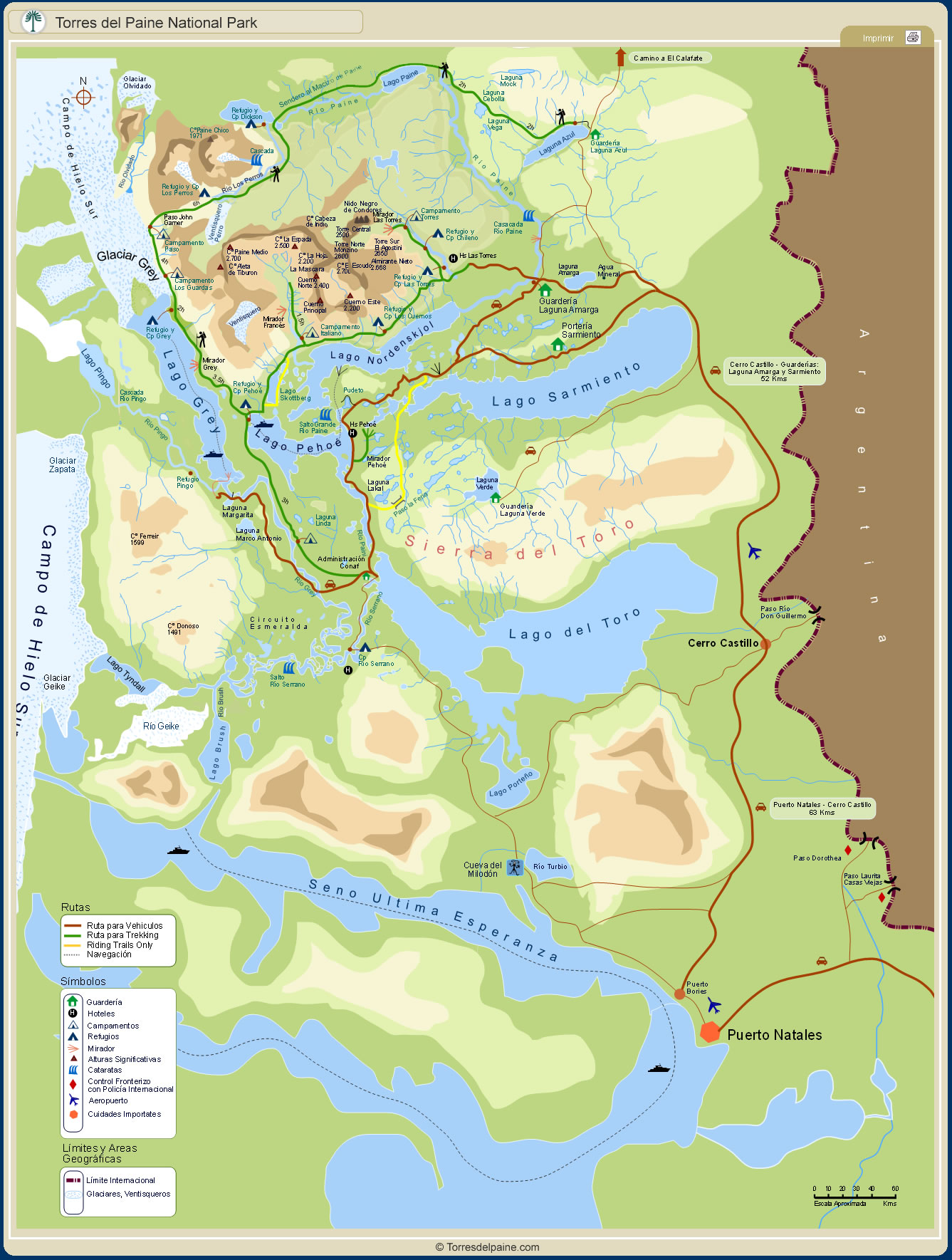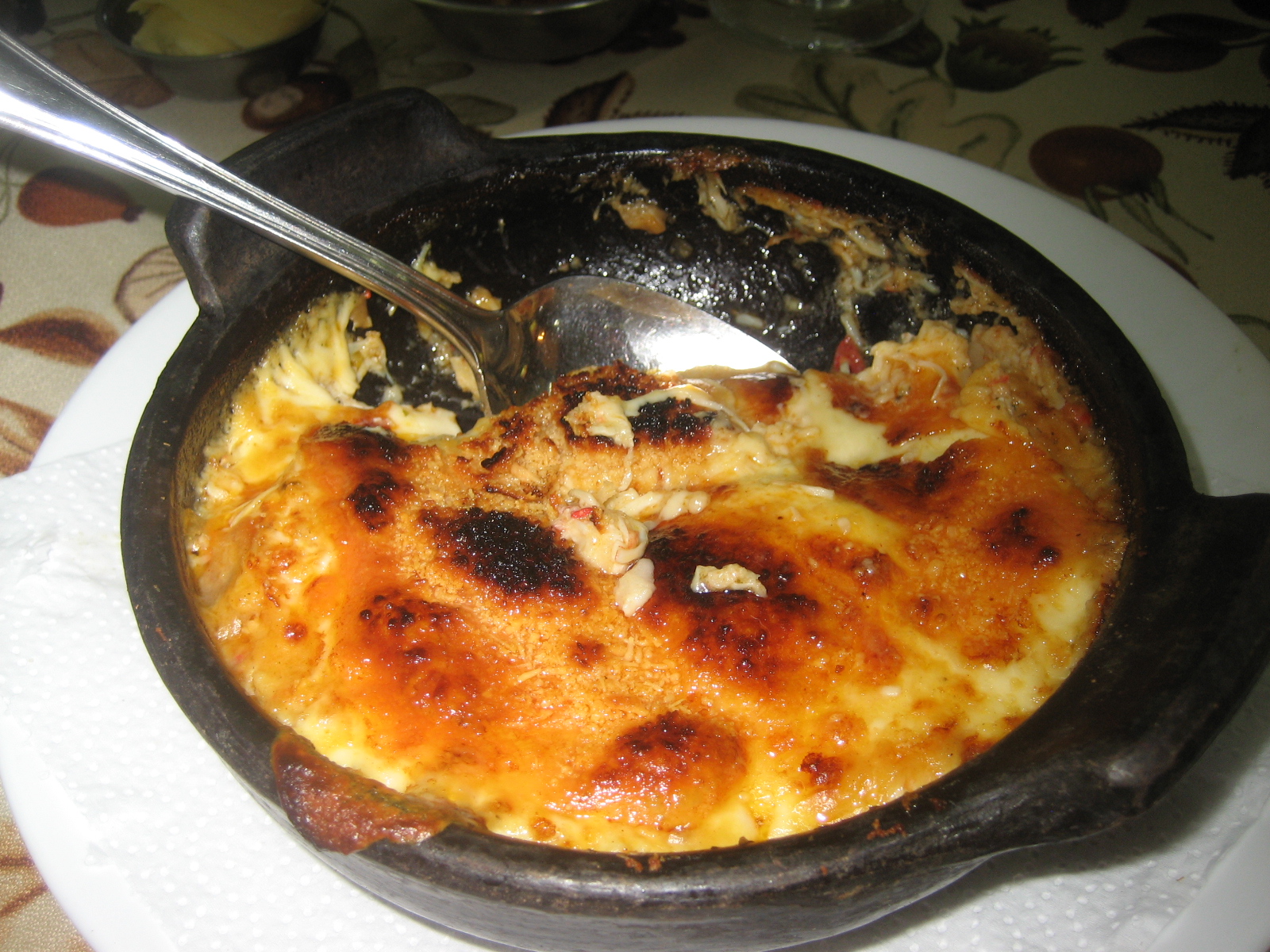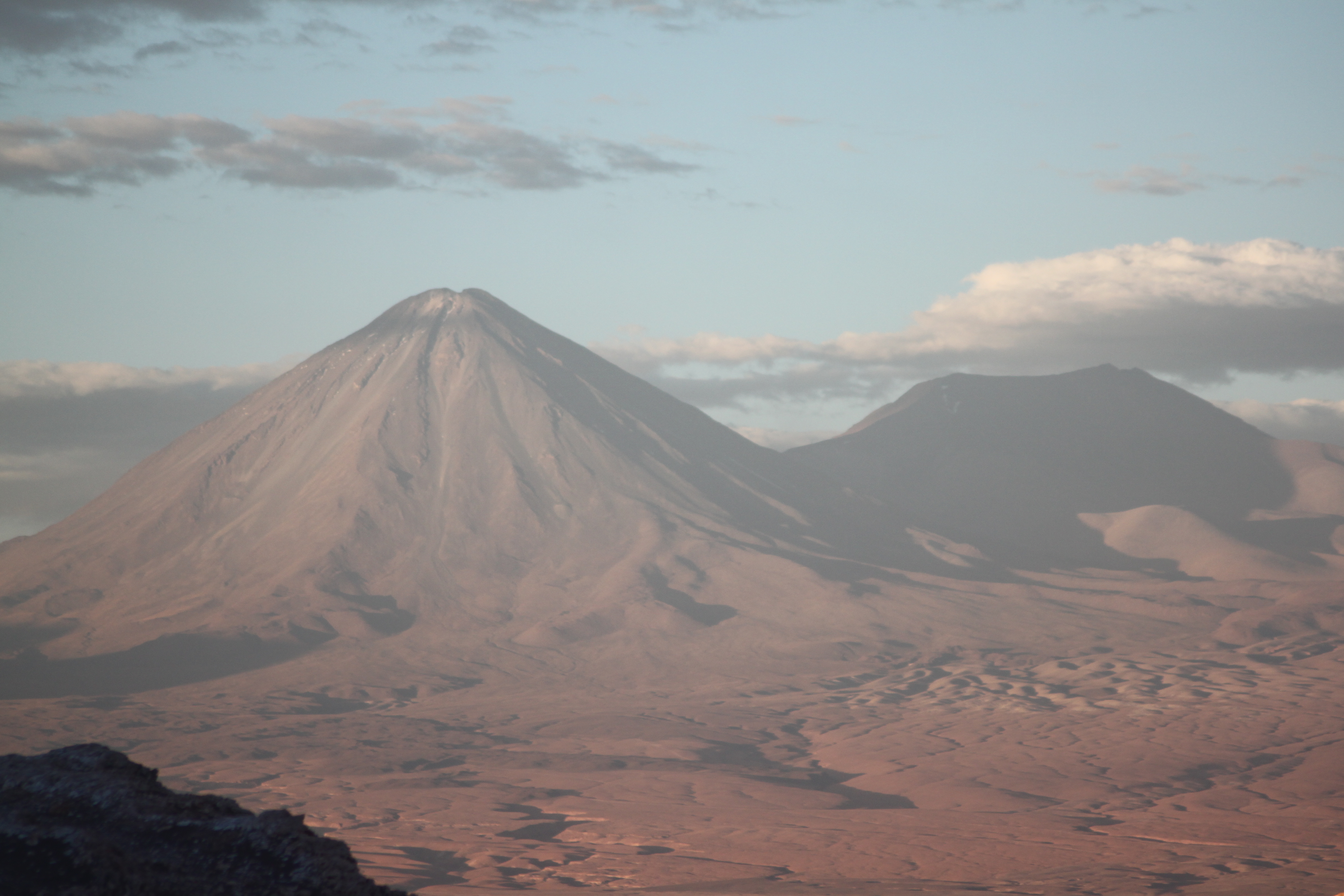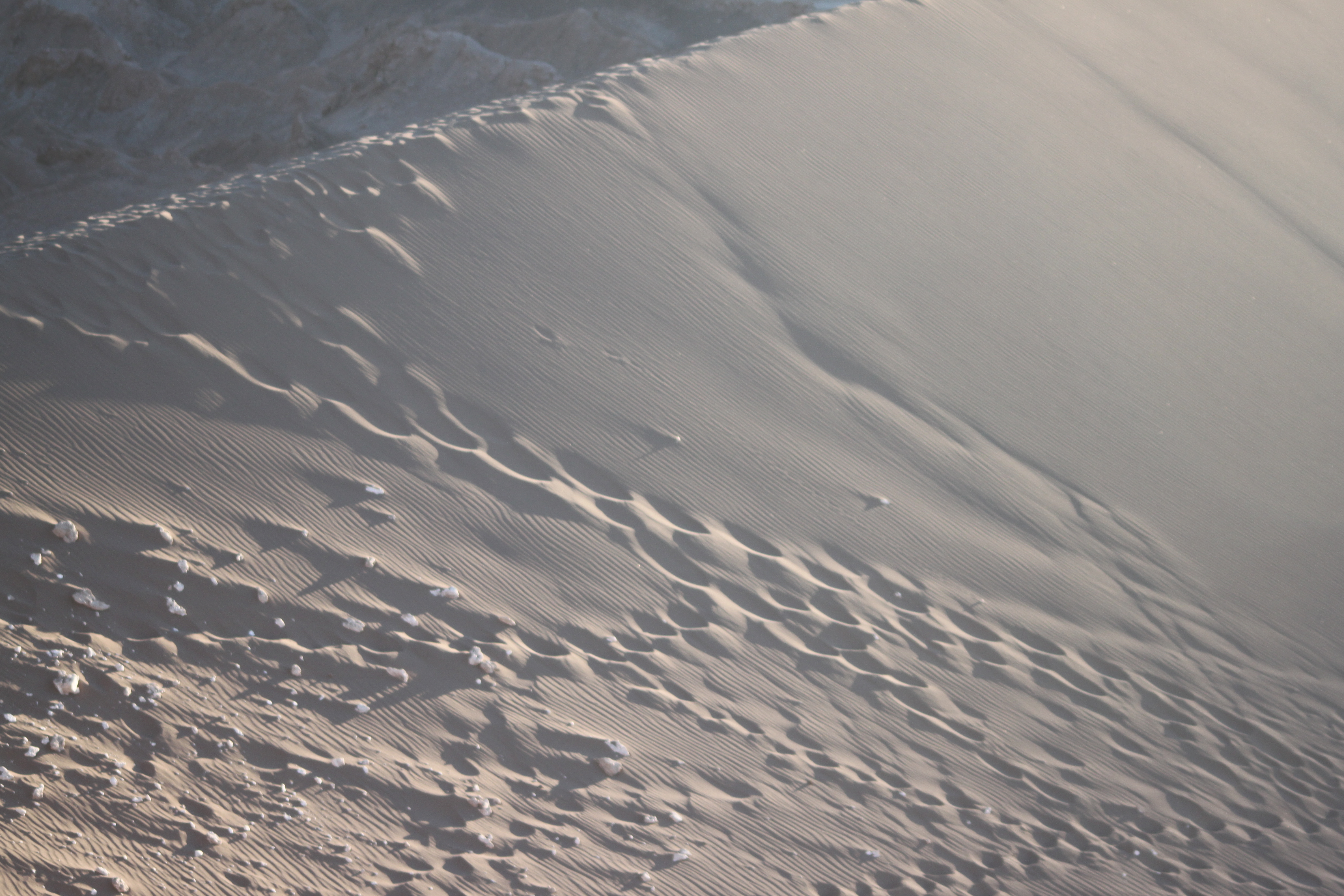The agency that helped me organize my trip down south to Patagonia created a suggested itinerary based on what I wanted to see. In their itinerary, they had me staying 3 nights in Puerto Natales and 1 night in a place sort of in the middle of nowhere. I would stay at that place the second night of the 4 nights. I wrote to the agency asking for the rationale behind this as I would certainly prefer being in one place so I could unpack once, pack one especially in a year where I think I spent 10% of my time unpacking and packing already…
The answer was sort of OK. It was that the morning after staying in this place for one night I would save 20 mins in the ride over to see the Perito Moreno glacier in Argentina. Oh, and 20 mins the night before as I would get dropped off before the bus got to Puerto Natales. In other words, a total of 40 mins savings by staying further north of Puerto Natales since my travels around that night were north as well. I decided to not argue it as they better knew the lay of the land than myself.
I chose right. Though I was up there to see the well-known sites and sights, I was not aware that I was about to discover a place that for me would showcase some of the best in the beauty of the Chilean Patagonia as well as just a plain and simple quiet setting – something well needed after the last few weeks…
A Lodging Paradise in Patagonia
The Hotel Posada 3 Pasos (http://www.hotel3pasos.cl/) is located on a site where there has been a hotel or inn for most of the time that part of the country has been colonized. Of course, the structure has changed a few times since then. But once one has traveled in the area, one can see that a trail or road likely always existed once the land was colonized and that the location of this place of lodging was well chosen as a place to stop, eat, and sleep.
Looking at this inn’s setting I couldn’t help but feel I was in a special place on this planet – a real paradise of serenity and beauty.
A Building with Charm and Good Food!
The employees told me that many visitors stop on the drive from El Calafate to Puerto Natales or Punta Arenas simply to dine (the food was great! anything with the “vazca” sauce is well worth trying!). The next morning I was pleasantly, no, correction: VERY pleaseantly surprised at the incredible spread they served me for breakfast. I was SO engrossed by it that I forgot to take a picture of the table!! The bakery type of items and the jams were all home made and simply exquisite. I could not eat half of what was offered!
But, of course, food always distracts me… The inn is not the very original one from early 20th century but it is still of a period and style: country! It is charming, with a limited number of rooms, a small bar, a living room with a fireplace (which I am sure is used here year-round in the evenings!), and a dining room area.
The inn is in a very remote area so power is not easily available. At some point late at night, the generator is turned off. One is given a rather powerful battery-powered lamp in case one needs it (like for that middle-of-the-night bathroom run…) so it is not an issue should one want to read, etc. All the rooms have a private bathroom and, likely, a beautiful and serene view.
Gardens and Walking Around
The inn is in a great setting and they maximize how you can experience it. Across the road, there is an area where one can walk to one’s content as far as one wants, even up the hill at the end of the area. The inn also has a nice garden dedicated to the great Chilean poet Gabriela Mistral where I went to town using the micro settings in my camera on flowers, moss, and acorns! Certainly a great way to practice my hobby and also relax and unwind, something I badly needed during this trip.
Finally, I have to say the staff that day was very friendly and wanting to make sure my stay was comfortable and relaxing. I thank them for that!
What Did I Re-Learn?
I have realized over time that sometimes it is better to let things happen rather than have them all planned. This lodging experience drove the point home. Certainly my research would likely lead me to choices that better match what I am looking for in a trip. However, it is impossible for research to uncover it all and leaving space for the random discoveries is just as important. Lesson well learned. I may even get back to Patagonia just to stay at this place but this time for a few days of R&R!











































































